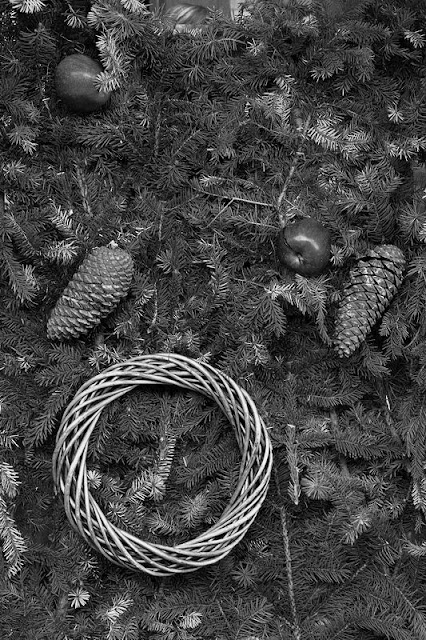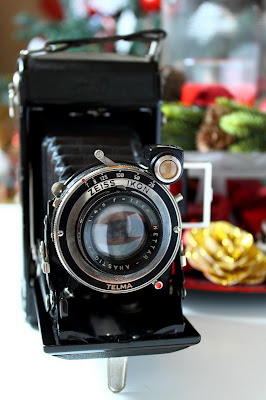The fact is that relatively few photographers ever master their medium. Instead, they allow the medium to master them...
Edward Weston
I posted that quote Saturday. I often get asked by volks about new gear or which camera is better. There are all kinds of questions about this or that pertaining to tricks to make them better photographers.
The quote goes on to say “… and go on an endless squirrel cage chase from new lens to new paper to new developer to new gadget, never staying with one piece of equipment long enough to learn its full capacities, becoming lost in a maze of technical information that is of little or no use since they don't know what to do with it”
It’s sad to say, but many of today’s beginners, and even those who’ve been around long enough to know better, are always searching for the better or the new. As you can see from the quote, this isn’t a new phenomenon, but has been a constant source of frustration since the early days of photography.
As often as that question is asked, there are answers ranging from try this lens or that camera. People will tell you a larger sensor is better, others that a smaller one is better. Someone will say not to use your on-camera flash and others will say that’s all they use.
The BIG, HUGE, AWESOME secret is simpler than the advices and opinions you’ll receive. But first, a photo…

ISO 100, f/4.5, 1/60
Winged Nike, Victory at Samothrace, at the Louvre in Paris. This statue on marble was made to celebrate a Hellenistic victory at sea. The lines and flowing drapery of her gown are suggestive of a strong sea wind. This statue is considered an example of the Greek ideal beauty. It shows a sense of triumph, even with the missing head and limbs. By knowing your gear, you, too, can experience triumph and mastery of photography!
Here is the big secret- pick one thing and learn it until it becomes automatic. Master your kit lens and camera, and then add a lens. After you’ve mastered that one, add a flash and master single source off camera lighting. Each step building upon the previous, and each step building out your kit, will allow you to gain a mastery that will surpass even the best of the “secret chasers,” those who always go on Weston’s “squirrel chases.”
One method, and probably the best, is to read your camera’s manual. Study it and get to know it. Make up a little sheet that outlines the features you need or wish to use and keep it with your camera. Get with others who own the same camera and discuss the camera. Discussing with others, even if they don’t own the same gear, can lead to a better understanding of the basic elements and can go a long way toward reaching your mastery. Then, start in on your lens. Start using the different modes, color balances, and features of your particular gear. Make photos that combine your vision and the challenge of learning your gear. I’ve seen photographers capable of changing their shutter speed, aperture, sensor speed, and focus, all while looking through the viewfinder. They knew their gear, the settings, and the procedures to get the camera to do what they wanted.
After that, you can begin to pick up more gear and learning it. The process is endless, so is the growth and improvement. It’s really a simple series of 4 steps- acquire the gear, learn the gear, practice the gear, master the gear, and repeat. It’s a loop that never ends, at least while resources or initiative are available. That’s the path for most forms of growth, whether it’s gear you acquire or knowledge. Growth shouldn’t end after 1 cycle through, but should be ongoing, that’s how entire civilizations are built and shaped!
Get out and get making your photos! We’d love for you to share them with us on our Hohenfels Volks Facebook page. We’d love to see your work. You can also send us an e-mail, if you prefer. Our e-mail address is HohenfelsVolks(at)tks-net.com and we'd love to hear from you!
Is there anything you’d like to see here? Do you have a question? Share your thoughts here or at the Hohenfels Volks Facebook page. Of course, commenting on both Facebook and here is always appreciated, too! Don't forget, we're on Google+, too!












